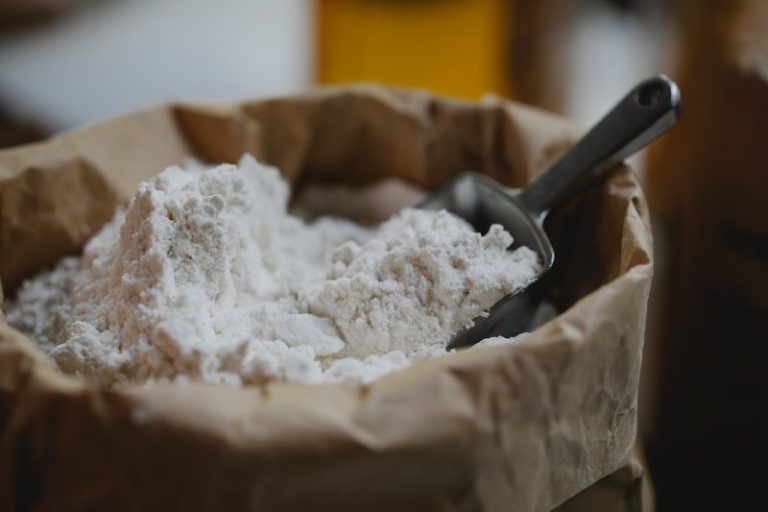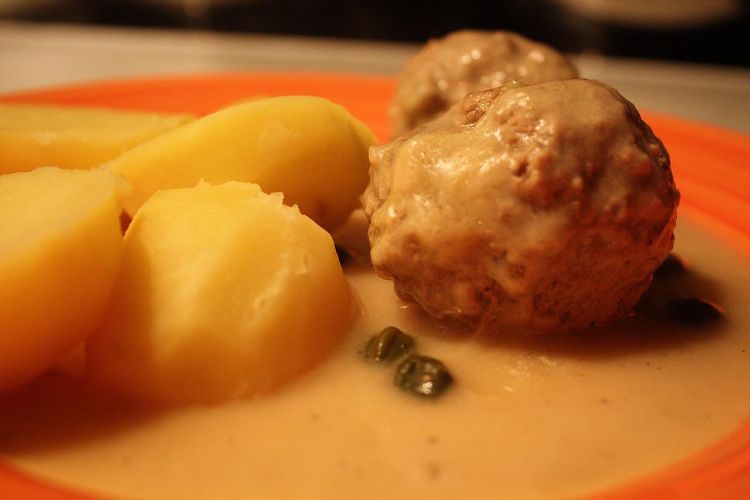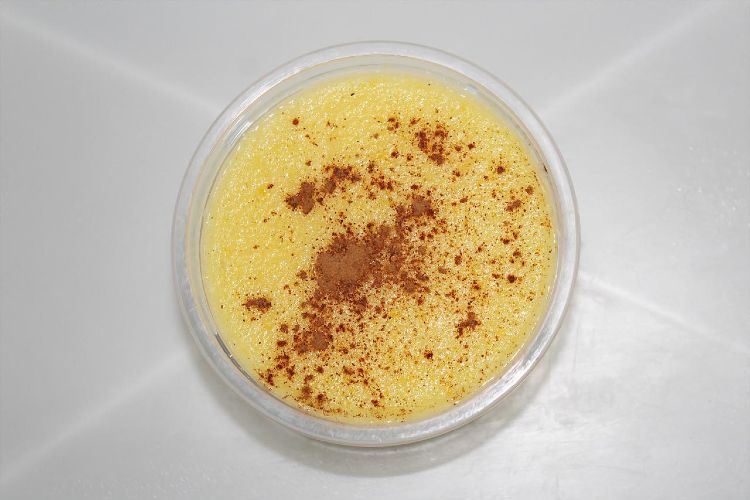What Does Shrimp Taste Like?
Quick Answer
Shrimp has a mild, sweet, and somewhat nutty flavor with a firm yet tender texture. Its taste is less rich than other shellfish like lobster or crab. The flavor can be easily enhanced or modified by different cooking methods and seasonings, such as grilling for a smoky touch or sautéing with garlic and lemon. Overall, shrimp offers a delicate taste that pairs well with a wide range of ingredients.
What Is Shrimp?
What Does Shrimp Taste Like?
Shrimp has a flavor profile that is often described as mild, sweet, and slightly nutty. Unlike some other seafood that might have a strong “fishy” flavor, shrimp tends to be more subtle, allowing it to absorb the flavors of the ingredients it is cooked with effectively. Its sweetness is generally not overpowering but rather pleasantly noticeable, particularly when the shrimp is fresh.
Comparison to Other Shellfish
When compared to other shellfish like crab and lobster, shrimp has a less rich and more delicate flavor. While lobster is known for its buttery richness and crab for its sweet, succulent meat, shrimp offers a balance between these tastes, making it versatile for a wide array of dishes. Despite these differences, all three share a general sea-sweetness, making them often interchangeable in recipes where the unique texture and size of each aren’t critical.
What is The Texture Of Shrimp Like?
The texture of shrimp is generally firm yet tender when cooked properly, providing a satisfying bite that is neither too hard nor too mushy. The flesh has a certain springiness and a slightly chewy quality, which adds to its appeal in a variety of dishes. The texture can vary slightly depending on the type of shrimp and how it’s prepared. For instance, smaller shrimp tend to be more tender, while larger varieties like tiger shrimp can have a meatier, more robust texture.
It’s worth noting that the texture can change significantly if the shrimp is overcooked or undercooked. Overcooked shrimp become rubbery and tough, losing their natural tenderness. Undercooked shrimp, on the other hand, can be somewhat mushy and less enjoyable to eat.
Different Types of Shrimp: Brown, White, Pink, and Tiger Shrimp
Shrimp come in various species, each with its unique flavor profile and texture. Four of the most commonly consumed types are brown, white, pink, and tiger shrimp. Here’s how each species can affect your culinary experience:
Brown Shrimp
- Flavor Profile: Brown shrimp have a strong, pronounced flavor that some describe as “briny” or even “mineral-like.”
- Best Uses: Due to their robust flavor, brown shrimp are often used in dishes with strong spices or sauces, such as gumbo or jambalaya.
- Texture: They usually have a firmer texture compared to other shrimp types.
White Shrimp
- Flavor Profile: White shrimp are known for their mild, sweet flavor, making them incredibly versatile in various culinary applications.
- Best Uses: These are often used in subtler dishes like shrimp cocktails or shrimp scampi, where their delicate flavor can shine.
- Texture: White shrimp tend to be more tender and less chewy than brown shrimp.
Pink Shrimp
- Flavor Profile: Pink shrimp offer a balance between the strong flavor of brown shrimp and the mildness of white shrimp. They have a sweet, tender flesh.
- Best Uses: They are great for salads, pasta dishes, and grilled preparations.
- Texture: These shrimp are usually medium-firm and offer a satisfying bite without being too tough.
Tiger Shrimp
- Flavor Profile: Tiger shrimp are known for their bold, almost lobster-like flavor. They are the largest commonly consumed shrimp and often have a slight marine taste.
- Best Uses: Due to their size and substantial flavor, they are excellent for grilling and other methods that allow the shrimp to be the star of the dish.
- Texture: The texture is meaty and robust, providing a substantial mouthfeel.
Shrimp Vs. Lobster
Shrimp and lobster are both popular shellfish enjoyed around the world, but they differ in several key aspects, from flavor and texture to cooking methods and price. Here, we delve into these differences to help you understand what sets each apart.
Flavor Profile
Shrimp have a mild, sweet, and somewhat nutty flavor. They are versatile and can absorb the flavors of the ingredients with which they are cooked.
Lobster is known for its rich, buttery flavor and succulent texture. It has a fuller, meatier taste compared to shrimp.
Texture
Shrimp offer a firm yet tender texture and a satisfying bite. Their flesh is more elastic and springy compared to lobster.
The texture of lobster meat is soft, tender, and almost melt-in-your-mouth when cooked properly. It’s less chewy than shrimp and offers a denser bite.
FAQs
Is There A Difference In Taste Between Wild-Caught And Farmed Shrimp?
Wild-caught shrimp often have a more robust flavor due to their varied natural diet. Farmed shrimp have a milder taste, and their flavor can be more consistent, although some people argue that they lack the complexity of wild-caught shrimp.
What Influences The Flavor Of Shrimp During Cooking?
The cooking method can significantly affect the flavor and texture of shrimp. Grilling can add a smoky touch, boiling brings out the natural sweetness, and sautéing with herbs and spices can add various nuanced flavors.
What Spices And Herbs Pair Well With Shrimp?
Shrimp pairs well with a range of spices and herbs including garlic, lemon, parsley, cilantro, and cayenne pepper. Its mild flavor makes it versatile for many different types of seasoning.
Does Shrimp Have A “Fishy” Taste?
Fresh shrimp should not have an overly “fishy” taste. If shrimp smells or tastes overly fishy, it’s likely not fresh and should be avoided.
How Can I Tell If Shrimp Is Fresh By Its Taste?
Fresh shrimp will have a clean, sea-sweet flavor without any off-putting fishiness or ammonia-like smells. The texture should also be firm and snap back when you bite into it.
Is Shrimp Suitable For People Who Are Generally Not Fans Of Seafood?
Due to its mild flavor and versatile cooking options, shrimp is often a seafood that even those who are not big fans of fish may enjoy.
Does Cooking Shrimp With The Shell On Affect Its Taste?
Cooking shrimp with the shell on can help to lock in flavor and moisture, resulting in a juicier and more flavorful end product.
Do Shrimp Taste Like Prawns?
Shrimp and prawns are often confused, and while they do share similarities, they also have some distinct differences, particularly in taste and texture.
Both shrimp and prawns have a sweet, mild flavor, but prawns are often described as slightly more robust and complex in taste compared to shrimp.
Shrimp generally have a firm, tender texture, while prawns may offer a meatier, more substantial bite due to their larger size.
How Can You Know When Your Shrimp Goes Bad?
Recognizing spoiled shrimp is crucial for food safety. Here are some key indicators that your shrimp has gone bad.
Fresh shrimp should have a clean, sea-sweet smell. If you detect a strong, fishy, or ammonia-like odor, it’s a sign that the shrimp is spoiled.
Fresh shrimp should have a translucent appearance. If you notice any discoloration, like dark spots or a milky appearance, it’s best to avoid consumption.
The texture of fresh shrimp should be firm and snap back when you bite into it. Slimy or mushy texture is an indicator of spoilage.
If the packaging is bloated or compromised, that’s a warning sign the shrimp may have spoiled.




